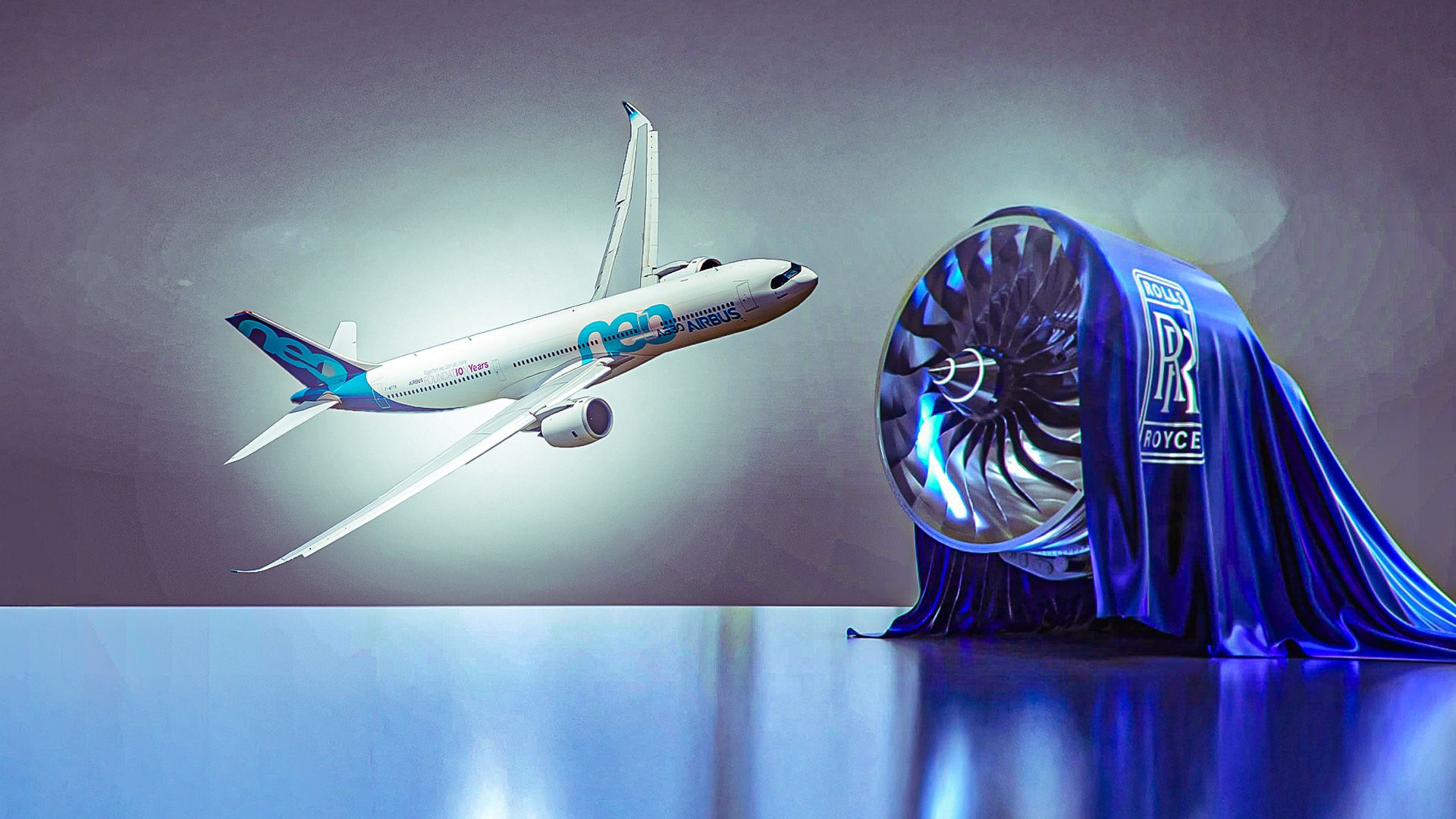UPDATE: Airbus has just confirmed the rollout of its advanced A330neo, now powered exclusively by the new Rolls-Royce Trent 7000 engines. This move is set to significantly enhance fuel efficiency and performance for airlines globally.
The A330neo, which first entered service in November 2018, represents a major upgrade over its predecessor, the A330ceo. With a staggering 14% improvement in fuel burn per seat, the A330neo aims to dominate the competitive widebody market. As of September 2025, airlines have placed 464 orders for this aircraft, with 170 delivered to date, marking its growing acceptance among global carriers.
Fuel efficiency is crucial in today’s aviation landscape, where environmental considerations and operational costs are under scrutiny. The A330neo’s new sharklet-style winglets and upgraded engine pylons further enhance its operational capabilities, adding an extra 4% boost to performance.
The A330-900 variant is particularly notable, capable of carrying up to 287 passengers over a range of 7,350 nautical miles. Meanwhile, the A330-800 variant boasts an impressive capacity of 257 passengers and a range of 8,100 nautical miles, making it one of the longest-range operational passenger aircraft currently available.
In an urgent development, Rolls-Royce announced a recent order of 40 Trent 7000 engines for 20 A330neos by Vietjet, a Vietnamese low-cost airline. This order reaffirms the airline’s confidence in the A330neo’s capabilities. “The incredible versatility of this aircraft and engine combination allows customers to serve different markets,” stated Rob Watson, President of Civil Aerospace at Rolls-Royce.
The Trent 7000 engines are engineered for superior environmental performance, featuring the lowest noise emissions and lifetime fuel burn on the market. This is crucial for airlines looking to reduce operational costs, with potential savings reaching up to $3 million in fuel per aircraft annually.
Despite its advantages, the A330neo has faced challenges. Reports indicate that some early models experienced reliability issues, primarily due to maintenance delays and spare part shortages. However, Rolls-Royce maintains that their fleet of Trent 7000 engines is performing exceptionally well, asserting, “Our engines have delivered industry-leading levels of reliability.”
The A330neo is poised to seize market share in the 250-300 seat range, especially for regional airlines seeking cost-effective solutions. As airlines pivot towards more efficient aircraft, the A330neo stands ready to meet the demand for greener, more economical flying options.
With the aviation industry undergoing rapid changes, the A330neo’s success will depend on its ability to overcome initial challenges and leverage its advanced technology to captivate airlines worldwide. As the situation develops, all eyes will be on Airbus and Rolls-Royce to see how they navigate the evolving landscape of commercial aviation.







